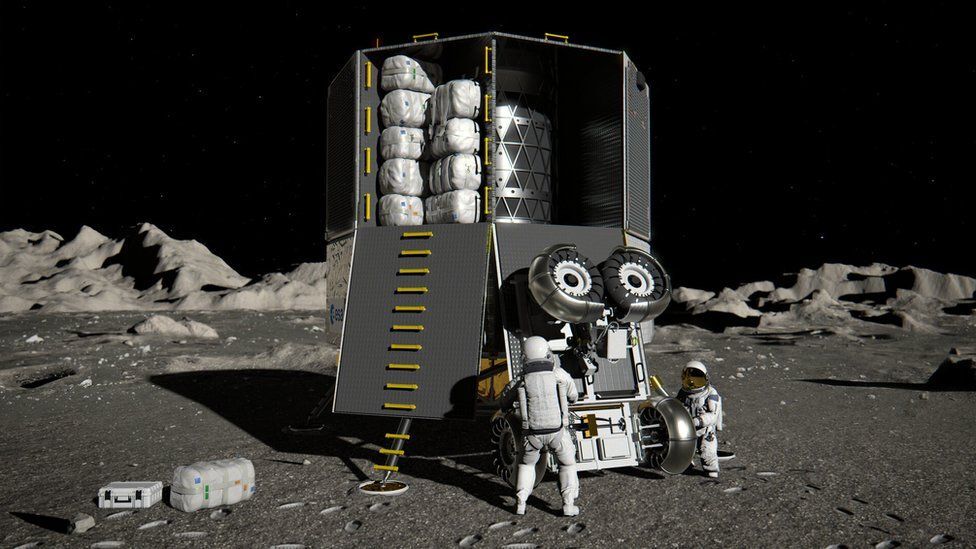5.03.2023
Focus should shift away from seeking to exploit discoveries on other planets, researchers say

Humans boldly going into space should echo the guiding principle of Captain Kirk’s Star Trek crew by resisting the urge to interfere, researchers have said, stressing a need to end a colonial approach to exploration.
Nasa has made no secret of its desire to mine the moon for metals, with China also keen to extract lunar resources – a situation that has been called a new space race.
But Dr Pamela Conrad of the Carnegie Institution of Science said the focus should shift away from seeking to exploit discoveries.
Speaking ahead of a panel event on Saturday on the ethics of space exploration at the American Association for the Advancement of Science (AAAS) meeting in Washington DC, she said: “If we were willing to seize that as not just a possibility, but an imperative then oddly enough, the Star Trek series and culture becomes a prime directive for how we could explore space: seeking not to interfere.”
In the Star Trek series, the Prime Directive, or General Order 1, of Starfleet Command sets out that the Starfleet should not interfere with the social, cultural or technological development of any other planet.
Conrad said that rather than setting out to own or take resources from space, humans should endeavour to be “gentle explorers”.
“Regardless of who or what is out there, that attitude of exploration being almost synonymous with exploitation gives one a different perspective as you approach to the task,” she said.
“Because if something that’s not here [on Earth] is seen as a resource, just ripe to be exploited, then that [perpetuates] colonialism.”
Conrad said such attitudes matter because a colonial approach can impinge on the rights of others to explore – whether in space itself or by looking at it from Earth.
Researchers have previously argued that light pollution creates just such a problem, with low-orbit satellites threatening to hinder the ability for astronomers to make new discoveries, and lighting associated with urban expansion and the use of LEDs making it increasingly difficult to pick out the constellations when stargazing.
The latter, some have argued, amounts to cultural genocide as the stars, and the ability to observe them, play a key role in many indigenous traditions and knowledge systems.
Dr Hilding Neilson, a Mi’kmaq person and a scientist at the Memorial University of Newfoundland and Labrador, who will also take part in the AAAS panel, said that in Canada Indigenous peoples had rights and responsibilities to unceded and treaty land, with the absence of a height limit, meaning those concerns extend to the skies above.
What’s more, he said Indigenous people had deep connections with bodies such as the moon.
“Part of that connection is inherent to the culture and the way of living and way of knowing,” he said, adding any damage to such bodies was therefore a concern.
As a result, Neilson said those working on space missions, such as the Nasa Artemis programme – which seeks to establish a long-term presence on the moon and eventually send humans to Mars – should engage with Indigenous people in advance.
“Right now when we look at the moon in terms of the space missions and colonisation it is very much as a dead object to be conquered. And that’s not how many Indigenous peoples see it,” he said.
“So when we go [and] do things like mining on the moon, are we creating harm and are we essentially cheering on the history of colonialism in ways that are harmful to some peoples?”
He also stressed the need for a move away from rhetoric around “building colonies” on the moon or on other planets.
“I’ve actually sat and listened to a CEO of a very large company talking about how going to space is the same [as] when people settled what is now Quebec,” he said, adding that stance not only glorified colonisation and its history but ignored the negative impacts of space colonisation.
Quelle:The Guardian

